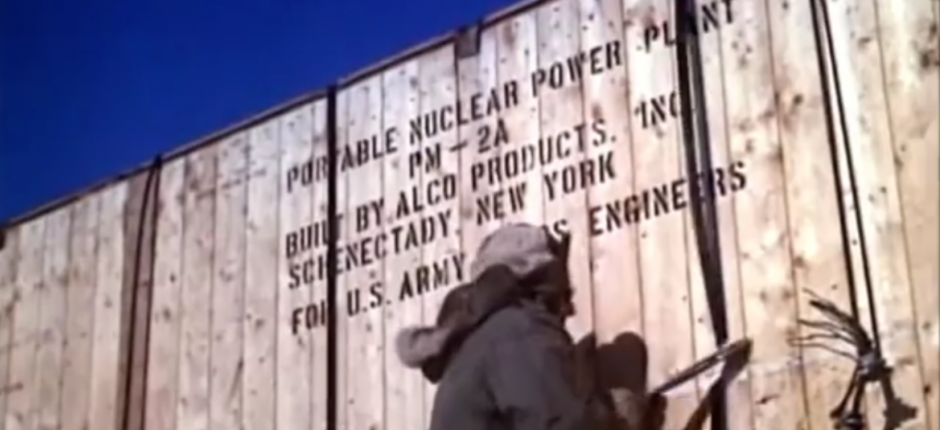An unearthed document shows Denmark allowed US military to release radioactive water into Greenland’s ice cap

U.S. forces were given permission to release radioactive water into Greenland’s icecap in the 1960s by Danish authorities, who set strict limits on how much radiation the water could contain, according to a historic document obtained by KNR, a Greenlandic broadcaster.
The water had been used to cool a portable nuclear reactor that powered Camp Century, a secret Cold War facility built into the ice cap.
It has long been known that the U.S. military left behind radioactive and toxic waste when they abandoned the facility in 1966, but the discovery of the document by academics at Denmark’s Aarhus Universitet/The University of Aarhus, details the process leading up to Denmark’s approval of the U.S. request, made in 1959, to install a nuclear reactor at Camp Century.
“This is an important document because it shows that nuclear scientists had addressed [the release] and gave their approval to the way it was to be done. That’s perfectly obvious,” Harry Nielsen, a former lecturer who otained the document while doing research for a book he is co-writing a book about Camp Century, told KNR.
The document – a letter written by two physicists and a radiation expert – is dated January 11, 1960 and addressed to Denmark’s nuclear-energy authorities. It concludes that releasing radioactive cooling-water directly into the ice is “defensible,” provided its radioactivity level was kept below a specified level and that it was released a safe distance from the base.
The scientists’ evaluation was used by the foreign ministry to form the basis of its decision a month later to allow the reactor be installed, provided the U.S. met the guidelines. According to KNR, the conditions were accepted in April of that year.
A nuclear scientist KNR spoke with said the amount of radiation released each year was about 2 gigabecquerels, an amount he reckoned was too little to worry about.
“It seems to me there were some very strict release requirements for the reactor they had in the ice cap,” Sven P. Nielsen, of DTU, a leading technical institute, told KNR.
In the event cooling water exceeded permitted radioactivity levels, it was to be diluted before being released, Nielsen told KNR.
“In this case, the [Americans’] assumption was that there was so little radioactivity in the cooling-water that it wouldn’t be of any danger if it was released it into the ice cap. This was also the conclusion that the Danish scientists came to,” he said.